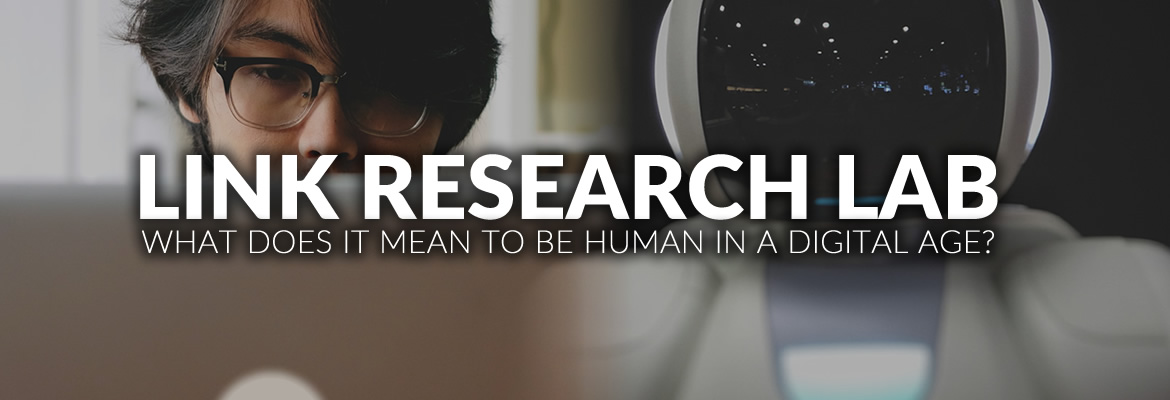The PLC (Professional Learning Community) will be providing the teaching tip of the week throughout the academic year in support of their goal of interdisciplinary collegiality.
Wearable technology in the form of Google Glass presents interesting potential for many fields, including education. It’s an innovative, though expensive ($1800 per pair) platform in need of additional software application development.
Some possible uses that are in development really do capture the imagination. In the manufacturing field Google Glass would provide a means to connect to vital information in a timely manner. The device could be used in design and process changes in the field and on the shop floor and would support Quality Assurance measures that could include photos with time stamps and metrics. For field maintenance of machinery, the glass device could be shipped with the machine, preloaded with the machine’s information and its maintenance history.
On the wish list for apps in education might be facial recognition software for instructors of large classes to enhance communication between instructor and students. Glass expands the ability to document and bring first person experiences to the local or global classroom. At the recent WCET Conference, University of Wyoming Google explorers shared the story of a young woman who had lost the use of her arms. With Google Glass she was able to access, collect, and share information including photographs and videos with others which opened up a whole new world for her.
Sorting through privacy and security issues as they apply to FERPA and HIPPA must be addressed as well as the cultural dimensions of recording video of human subjects. Additional caveats: the setup is difficult, the applications limited, and battery life is poor. The price alone would indicate that this technology is not yet ready for regular classroom use, though development of field applications through industry/education partnerships could be both fascinating and practical.
Google Glass certainly augments the accessibility and mobility of information that we now take for granted through our phones and tablets. In the educational and training environments, the ease of recording and dissemination of video recordings and photos could be used for documenting field experiences and presenting authentic first person views of high stress situations. Now, if we could only extend the connection to a live coach in the ear piece, we would have a super tech learning system —and not just for secret agents!
~John Priest, jpriest@uta.edu, Professor, Industrial & Manufacturing Systems, College of Engineering
Laurel Mayo, lsmayo@uta.edu, Director, LINK Research Lab, Division of Digital Teaching & Learning


Leave a Reply